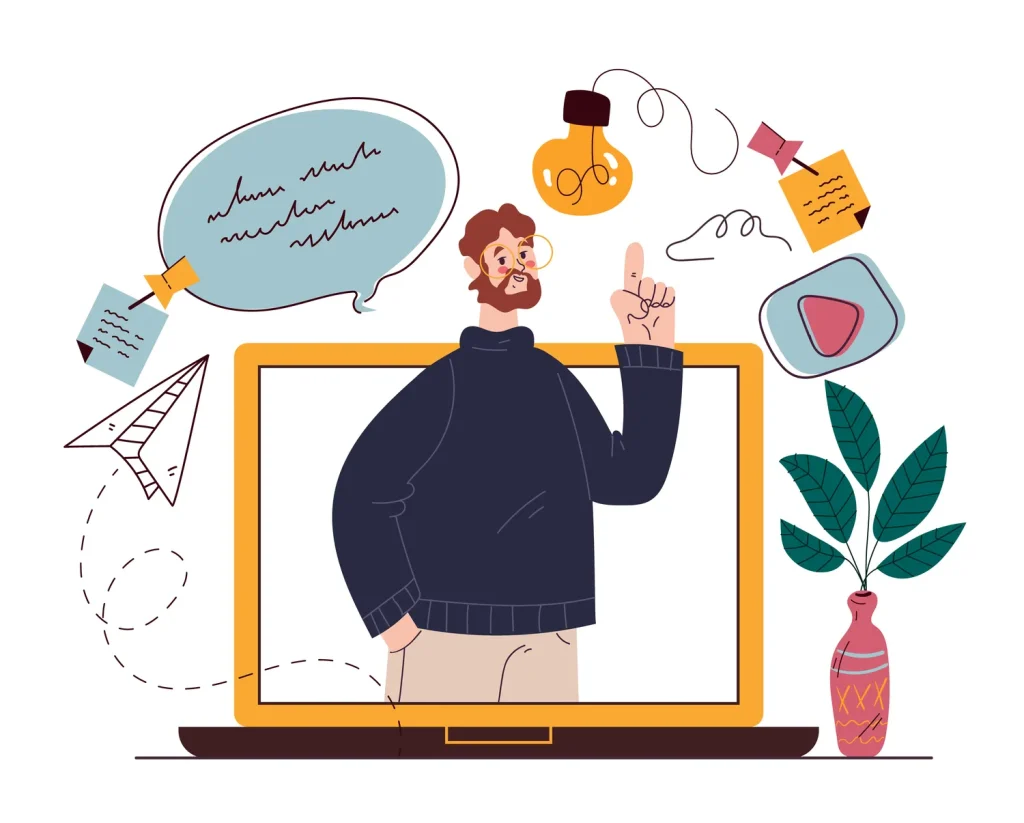Designers aren’t magicians. They work with what you give them. So when a project goes off the rails—wrong direction, wasted time, endless revisions—the real culprit is often a bad brief. A strong design brief is not about micromanaging creativity. It’s about setting clarity, context, and constraints that enable good work.
Here’s how to brief a designer without spiraling into frustration (yours or theirs).
1. Start With the Why
Before jumping into color palettes or moodboards, step back. Why are you doing this project?
Whether it’s a landing page, a logo, or a full rebrand, the designer needs to understand what you’re trying to achieve. Are you:
-
Launching a product?
-
Repositioning your brand?
-
Trying to boost conversions?
State the goal upfront. This context shapes every decision that follows.
2. Define the Audience (Like, Really)
Too many briefs simply say “targeting everyone” or “for a general audience.” That’s useless. Be specific.
Tell your designer who the project is really for. Think:
-
Age group, profession, habits
-
What motivates them
-
What they need from your product/service
The more precise you are, the easier it becomes to make design choices that speak to the right people.
3. Clarify the Deliverables
List exactly what you expect at the end. Don’t assume the designer can read your mind.
Are you asking for:
-
A logo in vector and PNG?
-
A set of icons with hover states?
-
A responsive landing page with mobile variants?
Mention formats, quantities, and any tech specs. The clearer you are, the fewer surprises later.
4. Share What’s Fixed (And What’s Flexible)
Designers work better when they know the constraints.
Do you already have a brand color or typeface? A dev team waiting for a Figma file? A strict budget or deadline? List all the fixed elements. Then clarify what’s open to interpretation—this gives creative space within structure.
Good boundaries don’t limit creativity; they fuel it.
5. Show, Don’t Just Tell
Words can be vague. A reference is worth a thousand adjectives.
Share examples you like (or don’t). Explain why. Are you drawn to the typography? The grid? The tone? Even sharing what you hate is helpful. It shortens the feedback loop and aligns expectations fast.
6. Explain the Story, Not Just the Stuff
A designer doesn’t just create assets—they translate your message visually. Help them understand the narrative.
What’s the emotional tone of your brand? What’s the backstory behind your service? How do you want people to feel when they encounter the design?
Treat your designer like a creative partner, not a pixel pusher.
7. Don’t Clog the Brief with Jargon
Keep it human. Skip the marketing buzzwords and acronyms. Say what you mean in plain English.
Instead of:
“We need high-impact UX to drive stakeholder buy-in.”
Try:
“We want the design to feel trustworthy and clear for first-time users, so they don’t bounce.”
Designers love clarity, not corporate speak.
8. Build In Feedback Loops (Early)
Most design disasters come from silence followed by panic.
Don’t disappear after sending the brief. Offer to hop on a short call early in the process. Review rough directions before things get polished. A 10-minute check-in can save hours of rework.
Pro tip: Avoid feedback like “make it pop.” Be precise. If something feels off, explain why.
Why It Matters
A solid brief isn’t just a checklist—it’s your secret weapon for saving time, money, and stress.
When done right, briefing:
-
Aligns expectations from day one
-
Reduces unnecessary revisions
-
Builds trust between client and creative
-
Leads to better, faster results
And if your project involves sensitive data, a distributed team, or uptime-critical workflows, don’t forget the infrastructure behind the design. A secure hosting setup is the quiet partner of every great creative process. If you’re scaling globally or dealing with compliance issues, reliable hosting security can protect your work and your team without slowing you down.
TL;DR: Your Cheat Sheet
-
Be clear on goals – what’s this design solving?
-
Know your audience – the design isn’t for you, it’s for them
-
Define the deliverables – avoid scope creep
-
Set constraints – give the designer room to play, not chaos
-
Use examples – inspiration makes direction easier
-
Tell the story – good design is narrative-driven
-
Speak human – plain talk = better results
-
Stay engaged – design is a conversation, not a one-way brief

